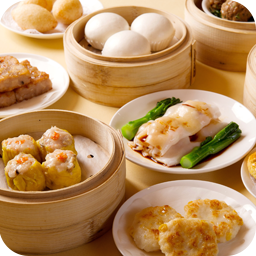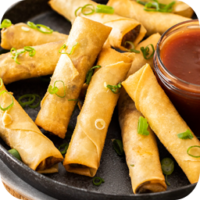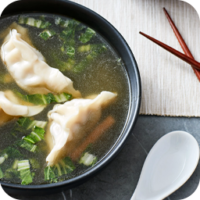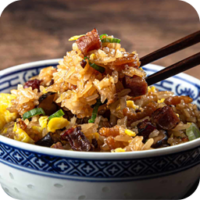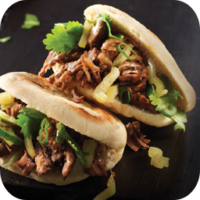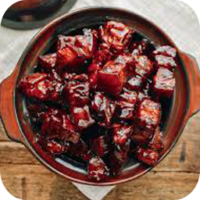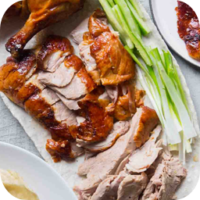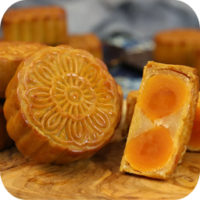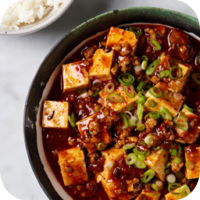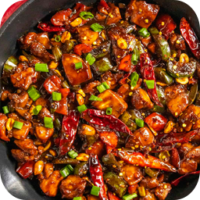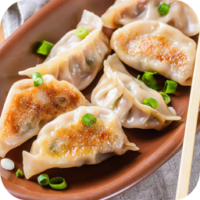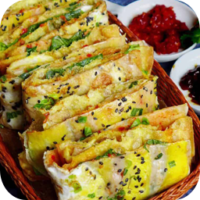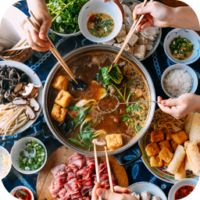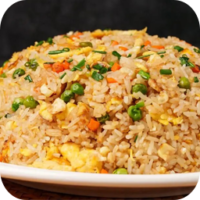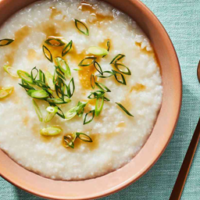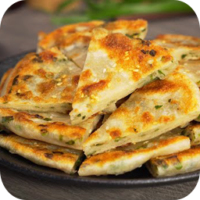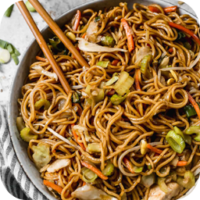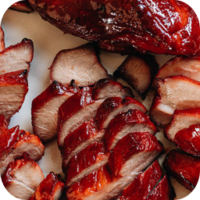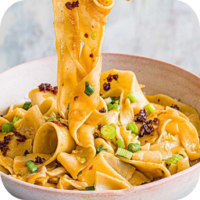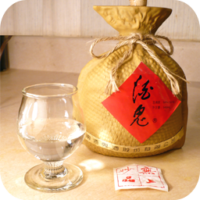Posted by theeatland
- Dec 18, 2024
- 76
- 0
Dim Sum (点心) refers to a traditional style of Chinese cuisine that includes a wide variety of small, bite-sized dishes, often served in steamer baskets or on small plates. Originating from Cantonese-speaking regions, dim sum is commonly enjoyed during brunch or tea time and is typically associated with Yum Cha (饮茶), which means “drinking tea.”
Key Aspects of Dim Sum:
1. Types of Dim Sum:
Dim sum encompasses a broad range of dishes, which can be steamed, fried, or baked. Common types include:
- Dumplings: The most popular dim sum item, including:
- Har Gow (虾饺): Steamed shrimp dumplings with a translucent skin.
- Shumai (烧卖): Steamed dumplings filled with pork or shrimp, topped with a bit of roe or mushroom.
- Xiao Long Bao (小笼包): Soup-filled dumplings, often served with a hot, savory broth inside.
- Buns:
- Char Siu Bao (叉烧包): Steamed buns filled with sweet barbecued pork.
- Liu Sha Bao (流沙包): Fluffy buns filled with salted egg yolk custard.
- Spring Rolls (春卷): Fried, crispy rolls filled with vegetables or meat.
- Rice Rolls (肠粉): Steamed rice noodle rolls filled with ingredients like shrimp, beef, or pork.
- Tarts:
- Egg Tarts (蛋挞): Small pastries filled with a sweet, creamy egg custard.
- Other Savory Dishes:
- Sticky Rice (糯米鸡): Sticky rice wrapped in lotus leaves, usually with pork or chicken inside.
- Steamed spare ribs (排骨蒸): Pork ribs steamed with black bean sauce.
2. Cultural Significance:
- Dim sum originated in the Guangdong province of southern China and has spread worldwide, particularly in places like Hong Kong and Chinatowns.
- Dim sum is not just about food but also about socializing. It’s a communal experience, often enjoyed with friends or family.
- Yum Cha: The act of having dim sum is typically paired with drinking Chinese tea, which enhances digestion and complements the dishes.
3. Tea Pairing:
- Traditional dim sum is served with a variety of Chinese teas, including:
- Oolong Tea: Often served with fatty or fried dim sum.
- Pu-erh Tea: Aged tea that’s great for cleansing the palate.
- Jasmine Tea: Floral and refreshing.
- Chrysanthemum Tea: Light and cooling, popular for its medicinal benefits.
4. Presentation:
- Dim sum is usually served in small steamer baskets or small plates.
- Dishes are often shared among a group, reflecting the communal nature of the meal.
5. Dim Sum Etiquette:
- It’s common to share dim sum dishes with others, making it a family-style meal.
- Trolley service: In many dim sum restaurants, waitstaff will push carts loaded with various dim sum items around the restaurant, allowing diners to choose what they’d like to order directly from the trolley.
6. Modern Variations:
- While traditionally associated with Cantonese cuisine, dim sum has been adapted and innovated in various parts of the world, with new fillings, fusion dishes, and creative takes on the classics.
7. Dim Sum Worldwide:
- Dim sum has grown in popularity beyond China and is now commonly found in Chinese restaurants worldwide, especially in cities with large Chinese communities.
Dim Sum is a diverse and versatile style of dining that is both delicious and a cultural experience, bringing people together through food and tea.
Recommended Posts
- Dec 24, 2024
- 77 read
Spring Rolls (春卷, Chūnjuǎn) are a popular Chinese appetizer or snack made...
Read Article- Dec 24, 2024
- 91 read
Soup Dumplings (小笼包, Xiǎolóngbāo) is a beloved Chinese delicacy originating from Jiangnan...
Read Article- Dec 23, 2024
- 120 read
Chinese Sticky Rice (糯米, Nuòmǐ), also known as glutinous rice or sweet...
Read Article- Dec 23, 2024
- 90 read
Rou Jia Mo (肉夹馍), often called the "Chinese hamburger," is a traditional...
Read Article- Dec 23, 2024
- 79 read
Red Braised Pork Belly (红烧肉, Hóngshāo Ròu) is a beloved Chinese dish...
Read Article- Dec 23, 2024
- 80 read
Peking Duck (北京烤鸭, Běijīng Kǎoyā) is a famous Chinese dish from Beijing...
Read Article- Dec 23, 2024
- 83 read
Mooncakes (月饼, Yuèbǐng) are traditional Chinese pastries typically enjoyed during the Mid-Autumn...
Read Article- Dec 23, 2024
- 73 read
Mapo Tofu (麻婆豆腐, Mápó Dòufu) is a famous dish from Sichuan cuisine,...
Read Article- Dec 23, 2024
- 79 read
Kung Pao Chicken (宫保鸡丁, Gōngbǎo Jīdīng) is a classic Chinese stir-fry dish...
Read Article- Dec 23, 2024
- 86 read
Chinese jiaozi (饺子) are traditional dumplings made of a thin dough wrapper...
Read Article- Dec 18, 2024
- 76 read
Jianbing (煎饼) is a popular Chinese street food, often described as a...
Read Article- Dec 18, 2024
- 83 read
Hot Pot (火锅, Huǒ Guō) is a traditional Chinese communal dish where...
Read Article- Dec 18, 2024
- 78 read
Congee (粥) is a traditional Chinese rice porridge, often served as a...
Read Article- Dec 18, 2024
- 83 read
Cong You Bing (葱油饼), also known as Scallion Pancakes, is a popular...
Read Article- Dec 18, 2024
- 79 read
Chow Mein (炒面), which means "stir-fried noodles" in Chinese, is a popular...
Read Article- Dec 18, 2024
- 83 read
Char Siu (叉烧) is a popular Cantonese-style barbecued pork dish that is...
Read Article- Dec 18, 2024
- 88 read
Biangbiang Noodles (Biángbiáng Miàn, 彪彪面) are a type of hand-pulled noodle that...
Read Article- Dec 18, 2024
- 75 read
Baijiu (白酒), pronounced "bye-jyo," is a traditional Chinese distilled alcoholic beverage. The...
Read Article
